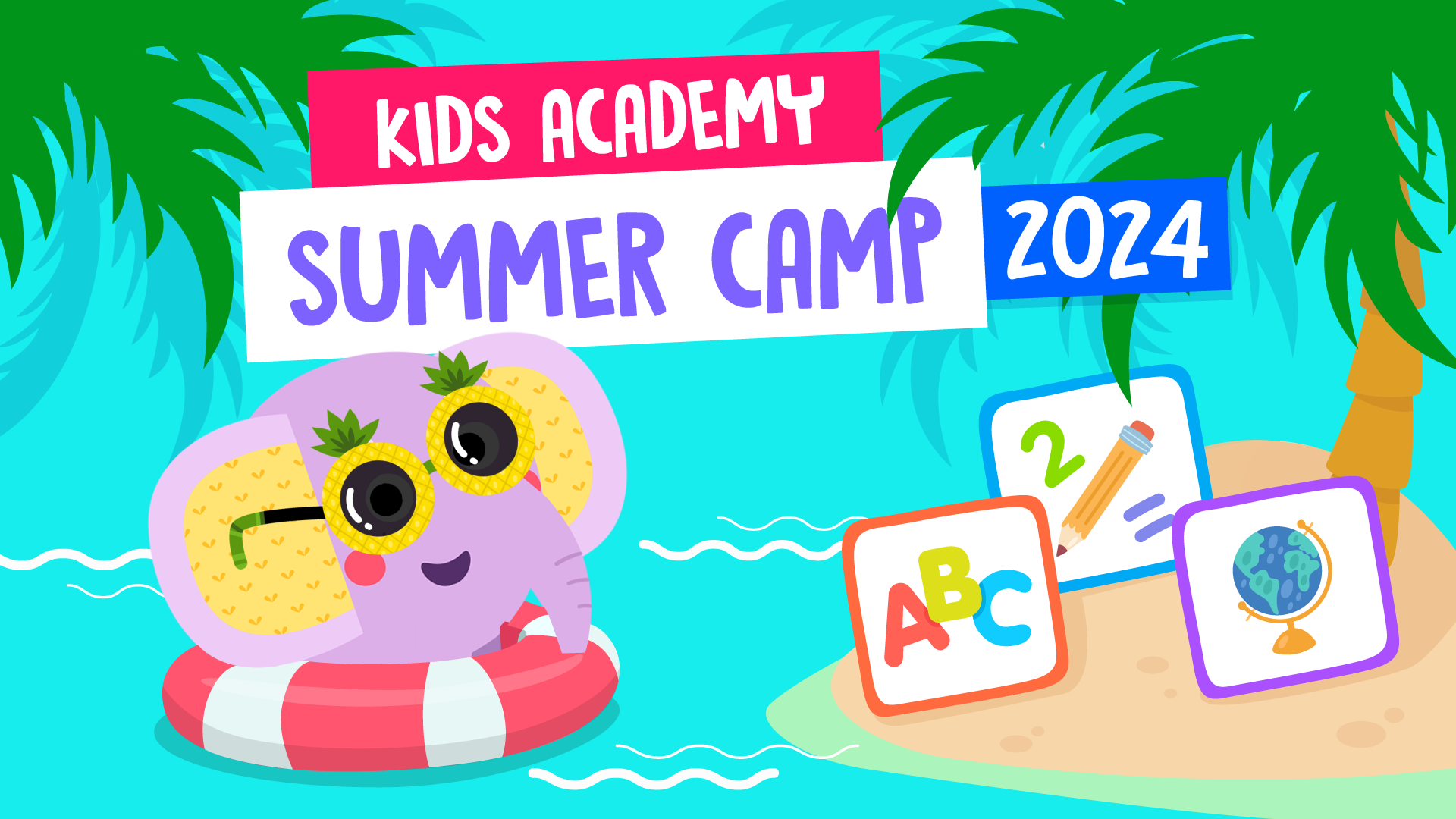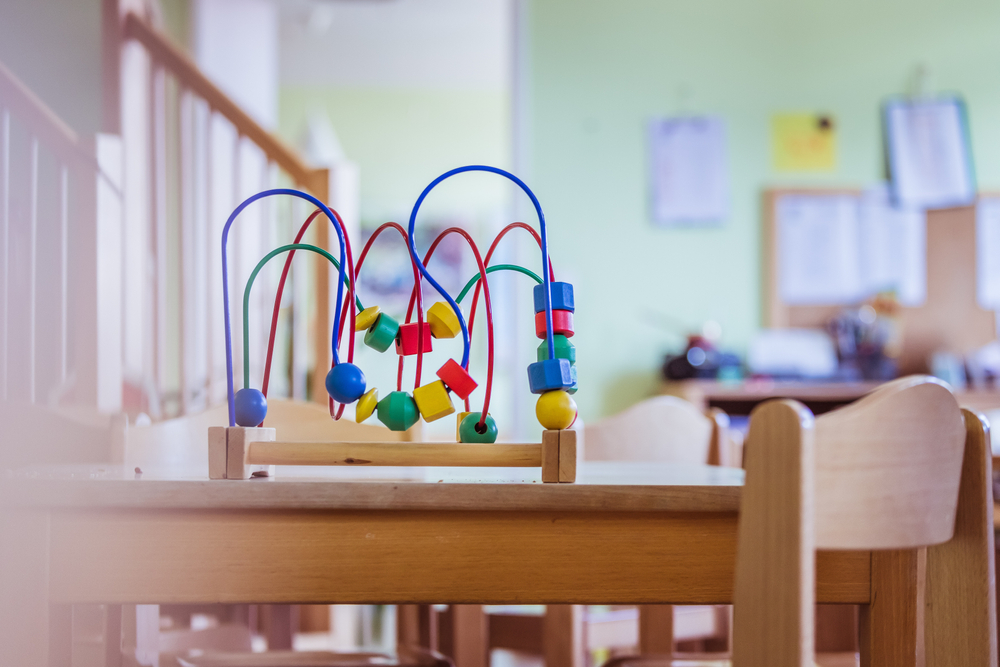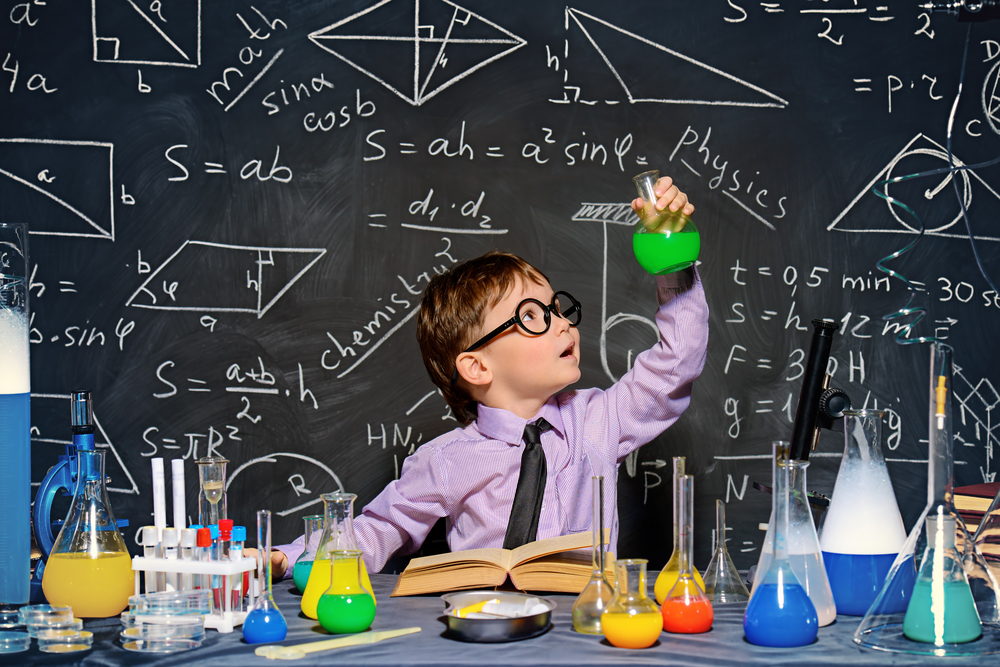Reading comprehension Normal Physical Science Worksheets for Ages 7-8
7 filtered results
-
From - To
Boost your child's understanding of physical sciences with our "Reading Comprehension Normal Physical Science Worksheets for Ages 7-8." Designed to captivate curious minds, these worksheets blend educational text with engaging activities to enhance learning. Each worksheet provides age-appropriate science content, making it easier for young learners to grasp essential concepts in physical science. Kids will improve their reading comprehension and critical thinking skills while exploring exciting topics. With a variety of interesting exercises, these worksheets ensure a well-rounded educational experience, aligning with educational standards. Perfect for classroom use or at-home practice, foster a love for science today!


Forms of Energy Worksheet
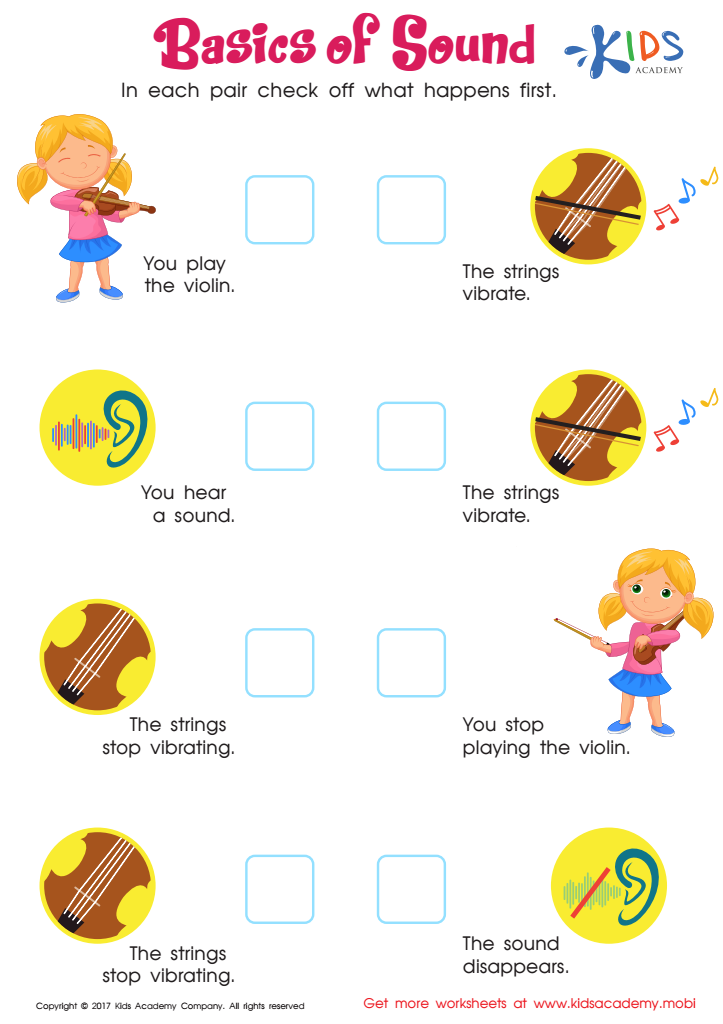

Basics Of Sound Worksheet
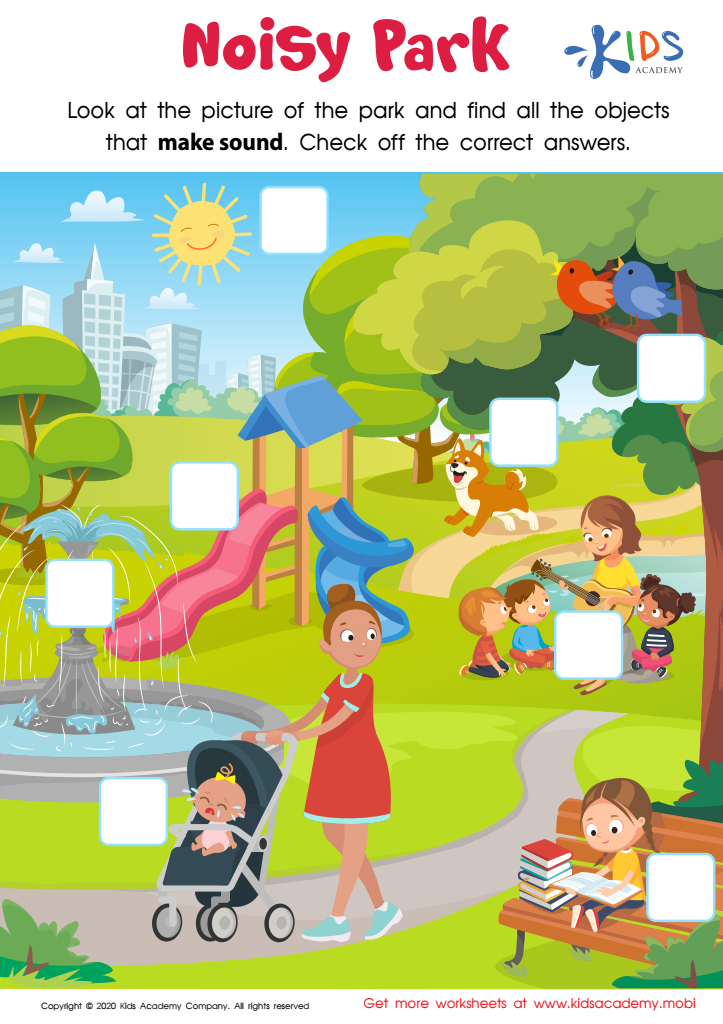

Noisy Park Worksheet
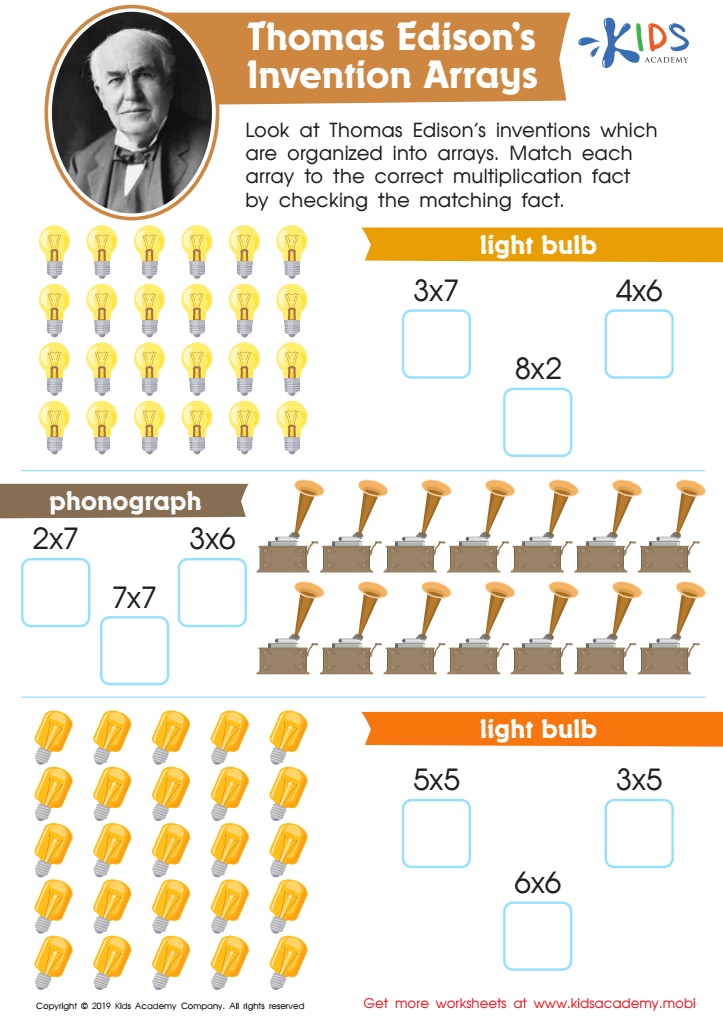

Thomas Edison’s Invention Arrays Worksheet
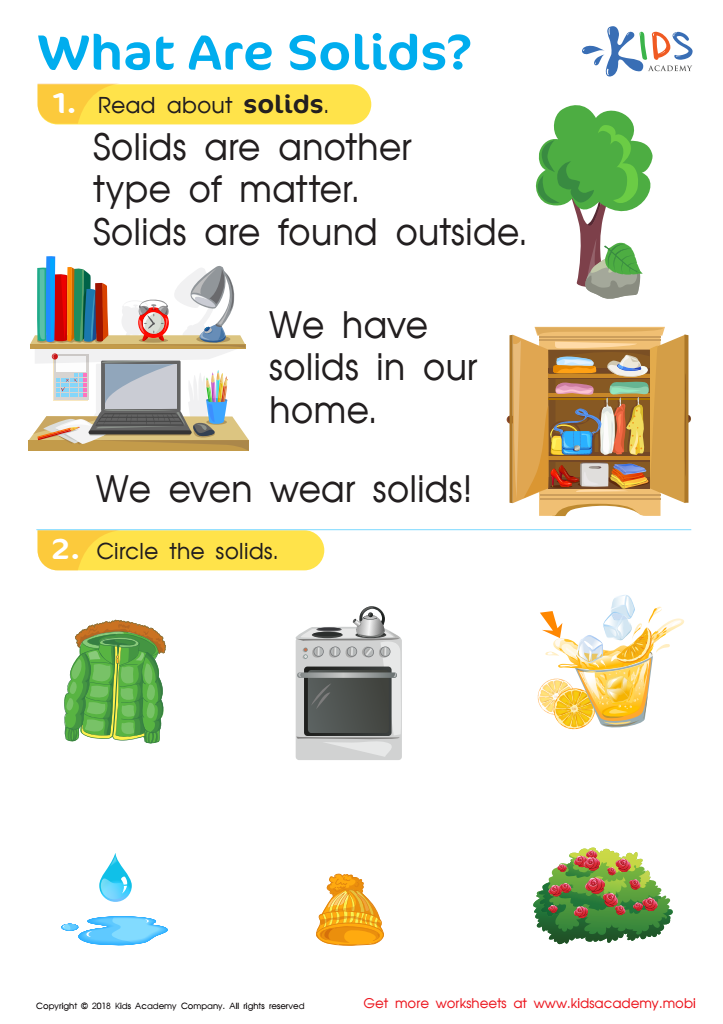

What Are Solids? Worksheet
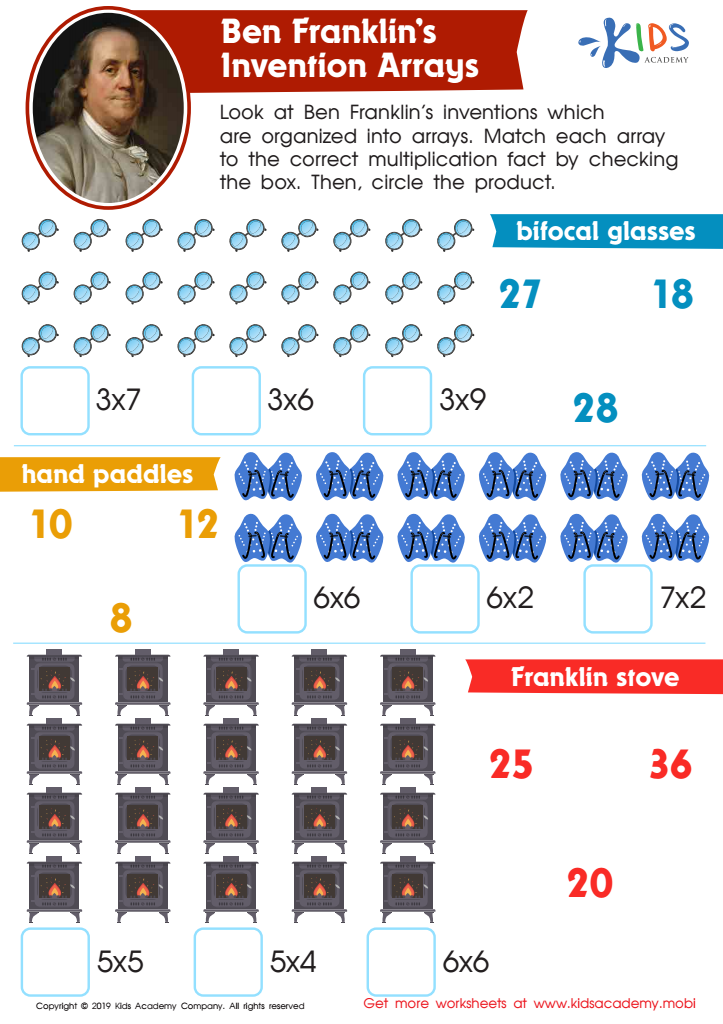

Ben Franklin’s Invention Arrays Worksheet
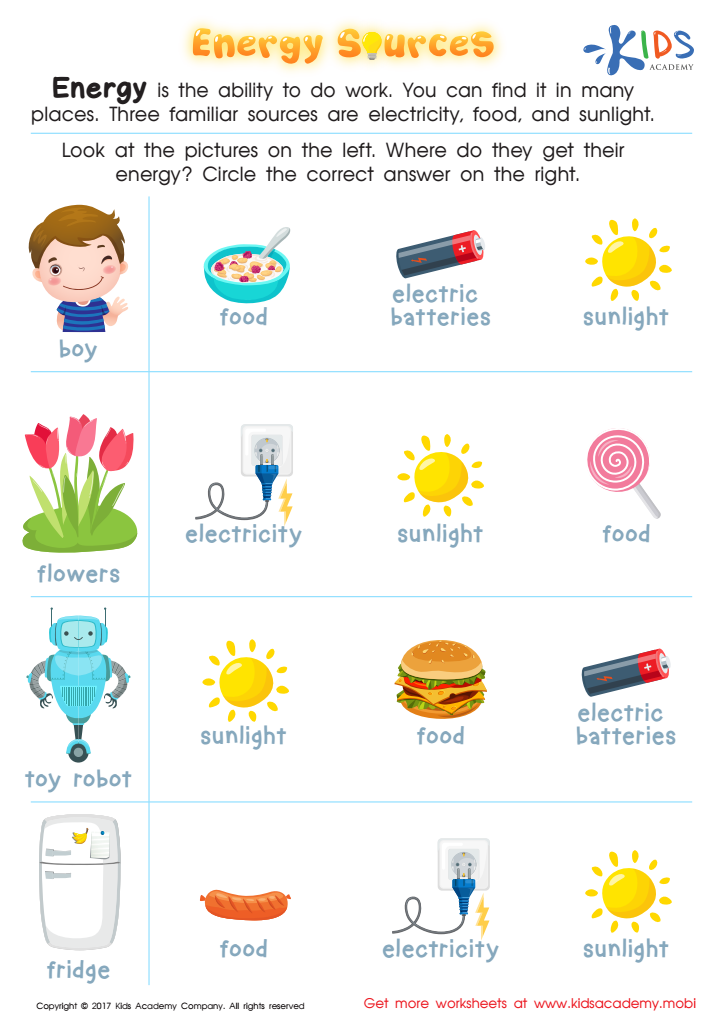

Energy Sources Printable
Reading comprehension and a foundation in physical science are both essential components of early education for children ages 7-8, and here's why parents and teachers should place importance on these areas:
Firstly, reading comprehension skills are crucial because they enable children to understand text, follow instructions, and absorb information effectively. At ages 7-8, children transition from learning to read to reading to learn. Strong reading comprehension helps them grasp new subjects more easily, improves critical thinking, and enhances communication skills.
Equally important is exposing children to basic physical science concepts. This early introduction helps spark curiosity about the world and nurtures problem-solving skills. Physical science covers fundamental topics such as forces, motion, energy, and matter, which are essential for understanding and interpreting the natural world. By exploring these concepts, children develop a sense of inquiry and a mindset for scientific reasoning, both of which are indispensable in a progressively technology-driven world.
Integrating reading and science ensures a well-rounded education. Reading comprehension aids in learning science content, while science topics make for engaging and educational reading material. Together, they foster intellectual growth, cultivate lifelong learning habits, and prepare children with the skills they need to succeed academically and in everyday life. Therefore, both parents and teachers should emphasize these learning areas to set the foundation for future success.
 Assign to My Students
Assign to My Students



